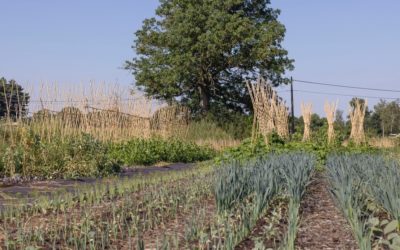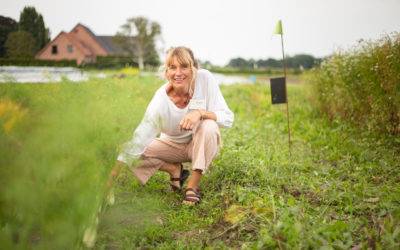A regenerative community farm in Veerle-Laakdal.
Domaine de Graux
Das Projekt
Founded in 1492, Domaine de Graux has successfully preserved its natural character, thanks to its exceptional ecological network. A venue for sustainable events and hospitality, this natural setting is constantly evolving to continually encourage reconnection with oneself and nature.
Located in Tournai, our farm covers 120 hectares, combining crops, market gardening, an orchard, and animal husbandry. It adheres to agroecological principles that promote harmonious interactions between crops, animals, and humans.
The agroecological approach is inspired by nature and its ecological principles.
It fosters harmonious interactions between crops, animals, humans, and their environment, all while maintaining biodiversity, regenerating the soil, and preserving natural resources.
Our farm has been certified organic since 2011.
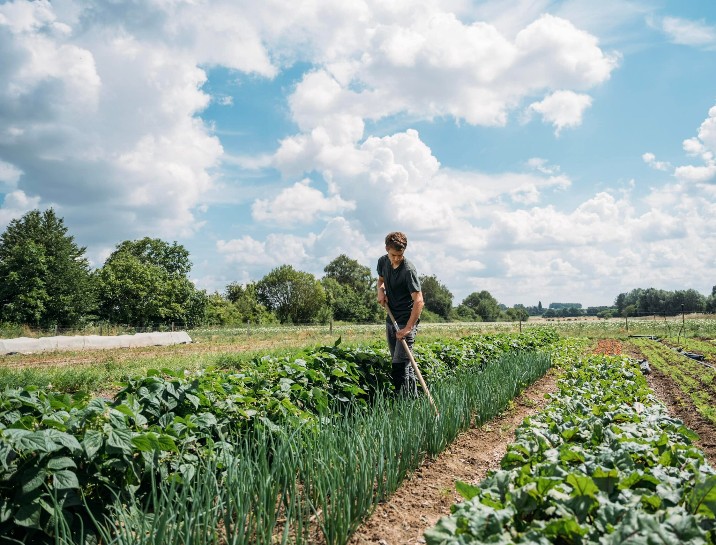
Projektstandort
Beitrag(e)
Projektkosten
Teilnehmer
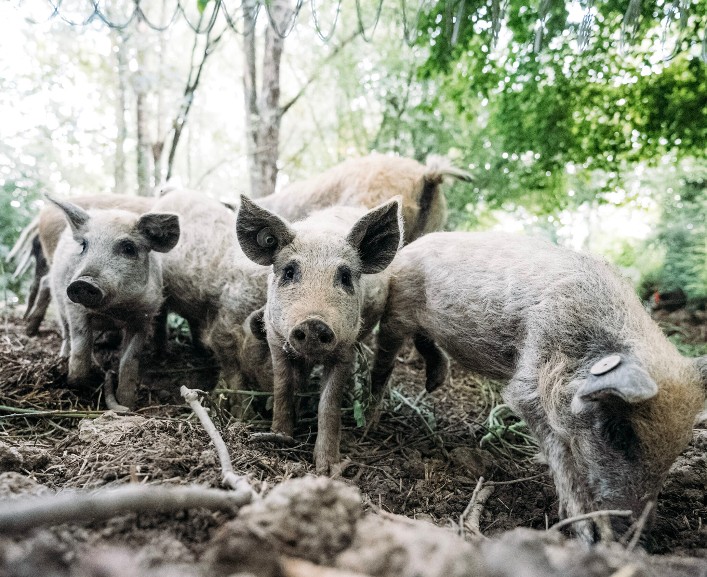
Our team works daily to restore and protect the estate’s natural resources, whether through cultivation, animal care, or the organization of professional and private events.
Wie werden die Kriterien des Ziels erfüllt?
Pflanzliche und tierische Erzeugnisse
- Follow the natural production seasons: no heated and/or large-scale greenhouses; follow natural growing/milking/breeding seasons, …;
- Förderung kurzer und lokaler Liefer- und Produktionsketten mit möglichst wenig Importen.
- Use biodiversity-inclusive production methods: rotation of crops/fruit trees, mixed cropping, agroforestry/ecology, no pesticides or chemicals, organic/rational production, nature-based solutions, …;
- Entwicklung des Geländes unter Einbeziehung der biologischen Vielfalt und Einrichtung eines der biologischen Vielfalt gewidmeten Bereichs (z. B. zusätzliche Blumenbeete, dauerhafte Bepflanzung, Verzicht auf Bodenbearbeitung/Mähen/Bewirtschaftung in bestimmten Bereichen, Insektenhotels);
- Die ökologischen Merkmale des Gebiets zu respektieren und/oder zu verbessern;
- So viel Natürlichkeit wie möglich / so wenig Veränderung der Umgebung (Landschaft, Wasserqualität, Boden) wie möglich;
- Förderung der Erhaltung grüner und blauer Flächen durch Begrenzung der Ausweitung der Flächennutzung (z. B. Dachlandwirtschaft, Öko-Weiden);
- Einbindung dieser Praktiken in die Umgebung (z. B. Förderung der ökologischen Kontinuität), um ihre negativen Auswirkungen auf den Boden zu verringern.
Mögliche Initiativen, an denen das Projekt beteiligt ist:
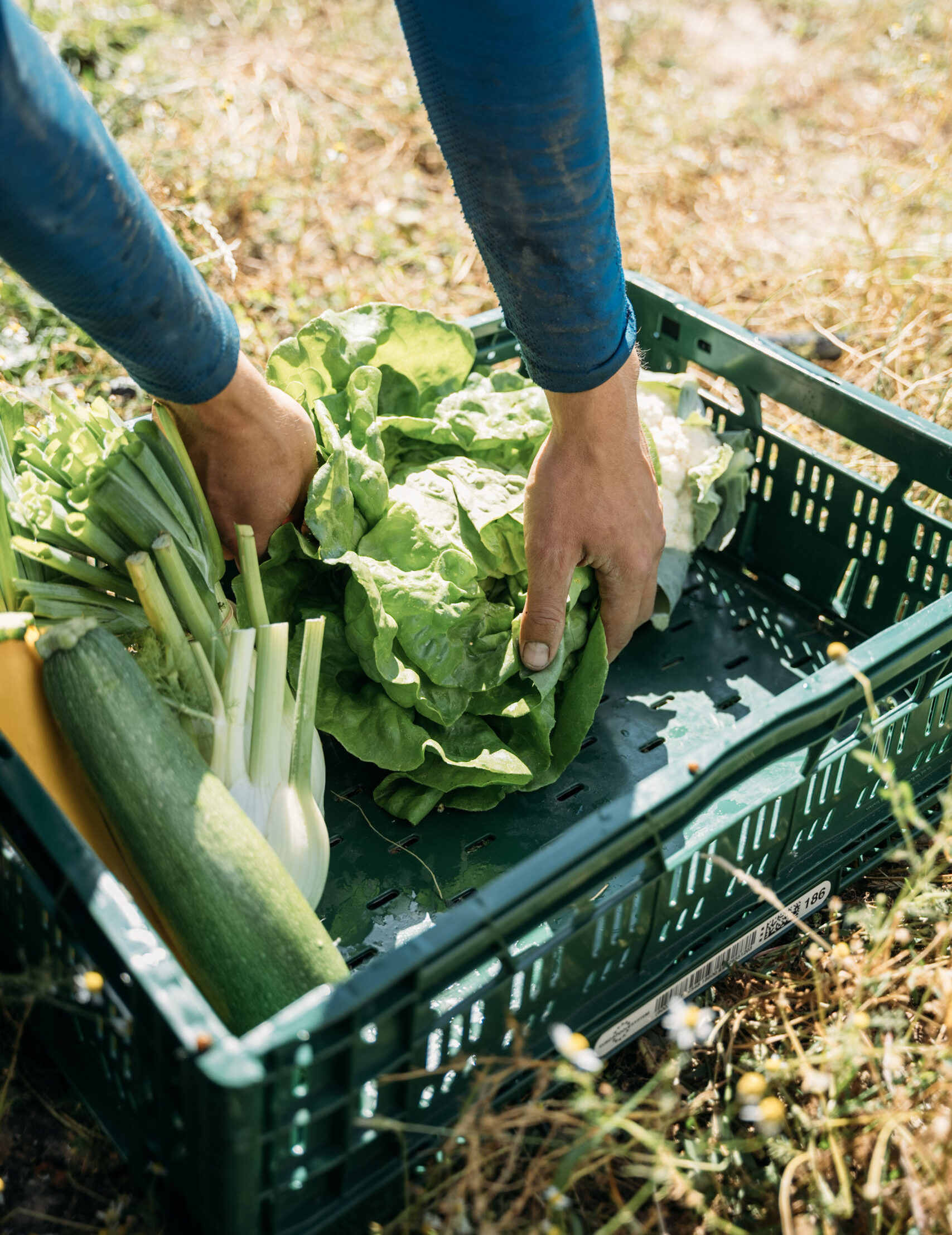
Langfristige Wartung
Maintaining our practices relies on an integrated, structured, and committed approach that is operational, strategic, and educational:
- Structural Commitment and Certifications
We are B Corp certified, which requires rigorous monitoring of our practices and regular recertification. This certification encourages us to maintain, and even strengthen, our environmental, social, and economic commitments. - Integration into daily operations
The measures mentioned above are integrated into our production processes. They are not one-offs, but are part of our operational DNA. - Sustainable Networks and Partnerships
We are part of several committed networks (Conservatory Orchards, Farm For Good, Top50farmers) and collaborate with local partners. These alliances formalize our commitments but also strengthen our local roots and facilitate the sharing of best practices. - Educational and Awareness-Raising Dimension
Through the “Outdoor School” initiative, we are passing on these values and practices to future generations, thus strengthening their sustainability through education and awareness-raising.
Vorteile
Our farm has been certified organic since 2011.
And we want to go a step further thanks to these five principles taken from regenerative agriculture and agroecology:
- Improve soil quality
- Increase biodiversity
- Cover the soil
- Integrate animals
- Conserve natural resources
Other projects linked to the objective: "Crops and animal products"
Geitenboerderij – kaasmakerij Reigershof cv
Cooperative, biodynamic goat farm with cheese dairy
GulleGaard Zelfoogstboerderij
Self-harvesting farm of vegetables, fruit and herbs in Kalmthout
